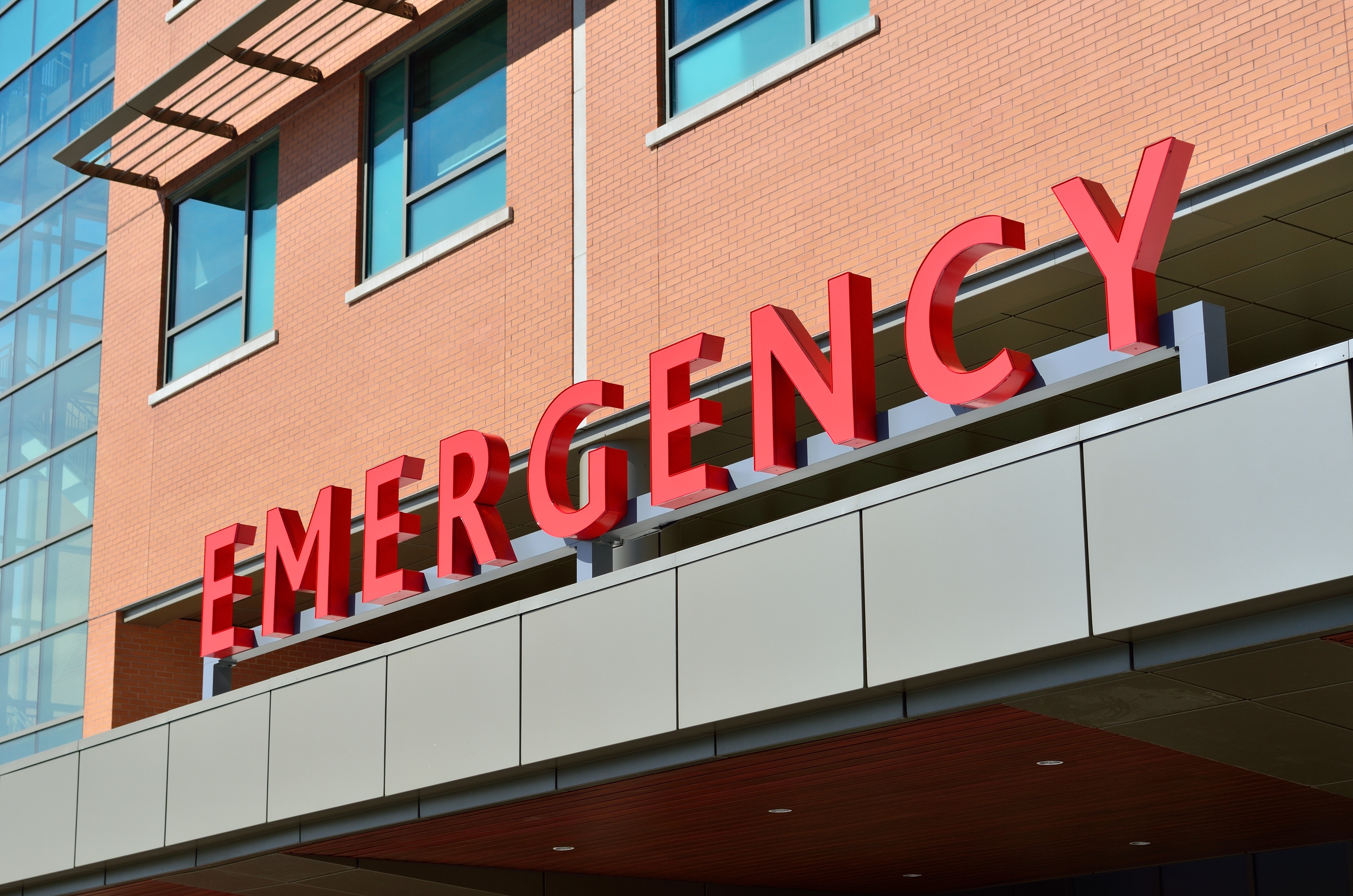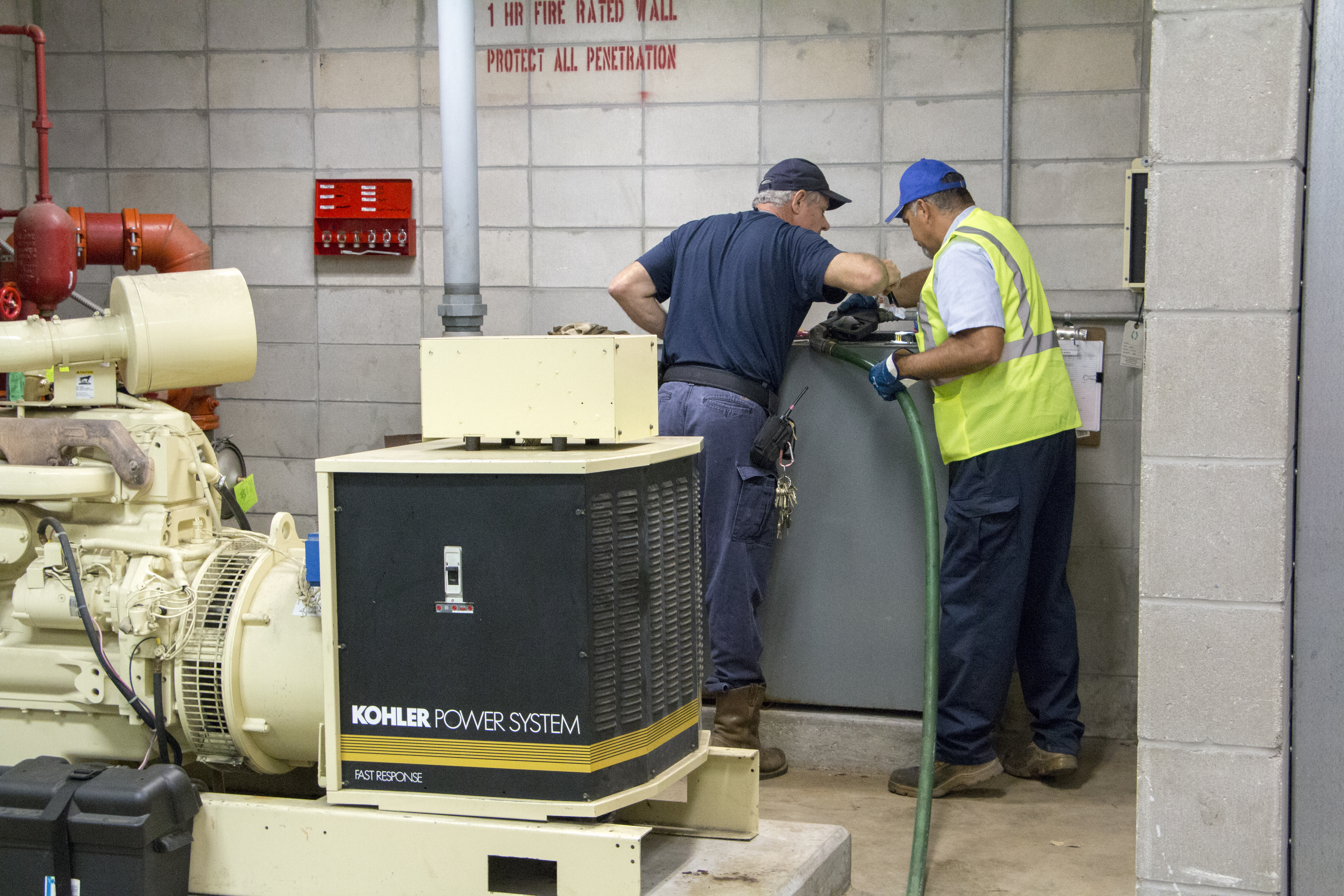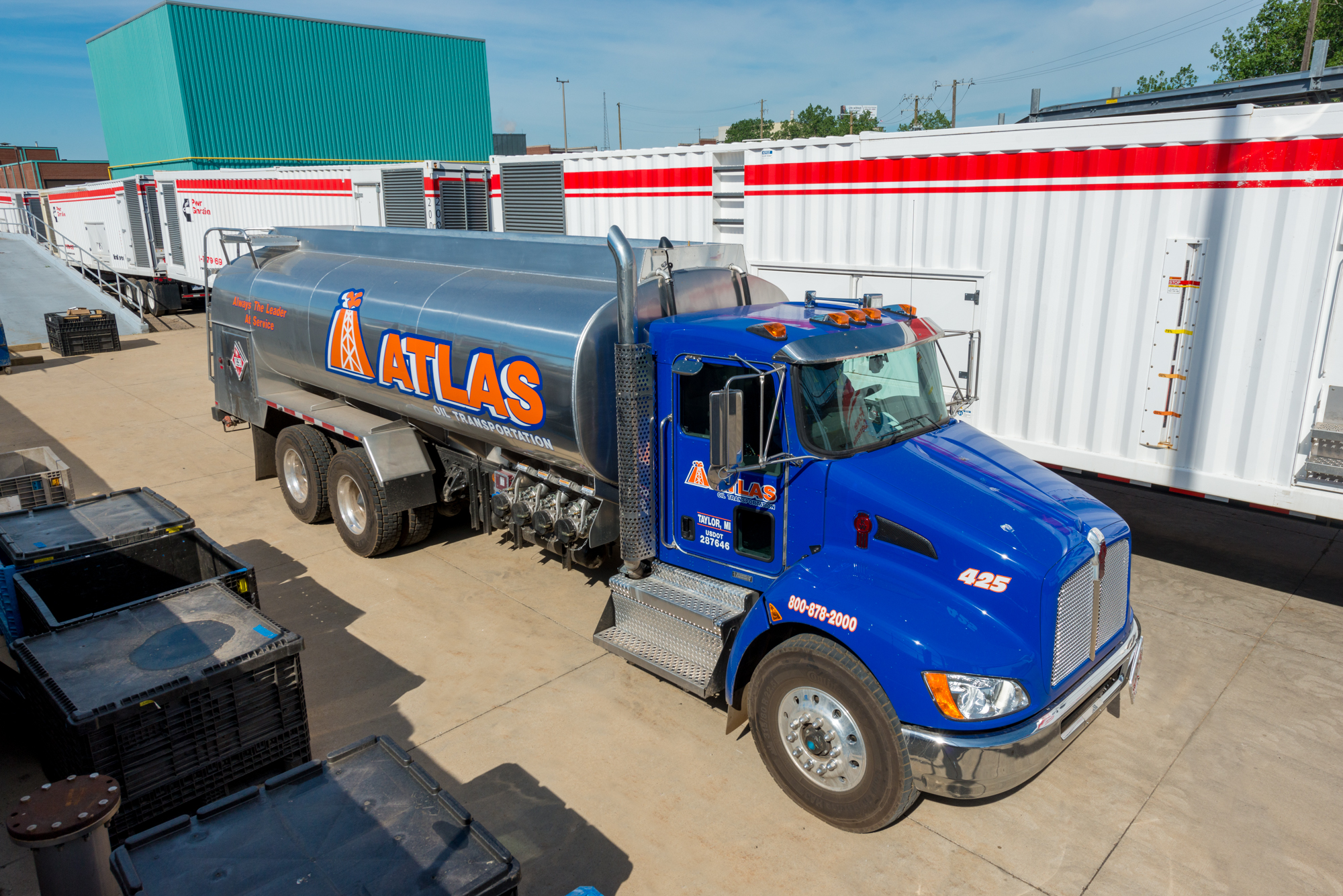
For hospitals and nursing homes, losing power during a disaster is not an option. In the United States, there are over 3,500 major power outages every year. Without power, there would be a multitude of devastating consequences. Not only can downtime cost you millions of dollars, it can also be detrimental to human life. It is essential for hospitals and nursing homes to remain operational before, during, and after any catastrophe. One of the most vital pieces of equipment that these institutions utilize to stay effectively functioning during an emergency is a backup generator. What most people don't realize is that just having a backup generator installed is not enough!
If you are a business owner, you can't afford any kind of business interruption. Our white paper, The Cost of Downtime, can help you determine the steps you need to take to protect your business.
The Nation Fire Protection Association (NFPA) is a non-profit organization that is devoted to providing global regulations and standards for safety within fire, electrical, and other related hazards. If your healthcare facility cares for patients that rely on life-support systems, it is crucial that you comply with the NFPA Life Safety Code. Concerning backup generators, the specific standard for emergency and standby power systems is the NFPA 110.
The NFPA 110 outlines the requirements for installation and performance of backup generators. Not only must emergency generators be installed, they must also be maintained.

How should you maintain your generator? Below, we have provided a checklist with all the guidelines that the NFPA 110 has composed for maintaining emergency generators.
NFPA 110 treats generators as part of an emergency power supply system (EPSS). The EPSS is the entire electrical system that keeps a health care facility running. The EPSS systems are then broken down into 2 sections, Level One and Level Two.
Level One equipment is installed when equipment failure could lead to loss of human life, such as life safety illumination, public safety communication systems, fire pumps, etc. Level Two equipment should be installed where EPSS failure is less critical to human life.
Both hospitals and nursing homes fall under the requirements to have a Level One EPSS system. An emergency generator’s response time during a disaster is critical for a hospital and nursing home to maintain operational stability. Due to the life-threatening risks that are associated with loss of power and slow response time, there are additional regulations for health care institutions and their backup EPSS power systems.
• Backup EPSS power must activate within ten seconds after loss of power.
• It is required to have enough fuel on-site to keep backup generators running for a total of 96 hours.
Reproduced from NFPA's website, © NFPA (2019)
The in-depth list of NFPA 110 standards and requirements can seem overwhelming. Luckily, Atlas can partner with you to provide high-quality solutions to keep your generators fueled and maintained. Not only does Atlas make thousands of generator diesel fuel deliveries nationwide every year, we also provide tank maintenance services such as, fuel testing, fuel polishing, diesel additives, tank cleaning, and more. An annual fuel sample will ensure your tank is free of water and contaminants, ensuring your generator will start when you need it most and comply with Joint Commission, local government and NFPA standards.
We understand that business continuity strategies are unique for every company, so we offer fuel assurance programs that are tailored to your specific facility. Through our contracted Gen360 program, we guarantee fuel supply and priority delivery so you never experience downtime, and can help your organization complete your inspections so you remain compliant with the NFPA.


